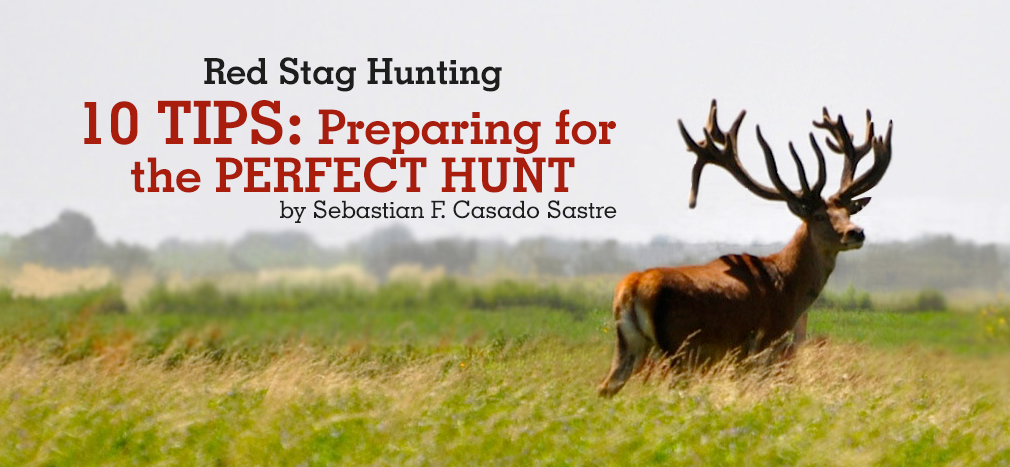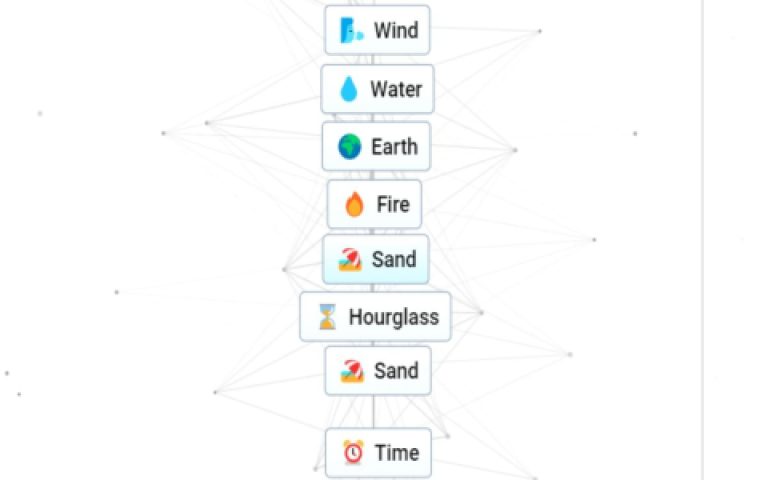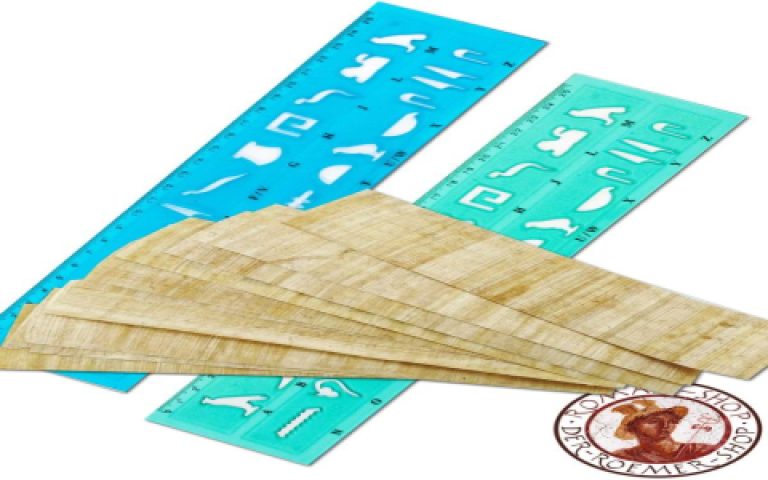Island Stag: Evolutionary Dynamics in Isolation
The term "island stag" refers to deer populations or species belonging to the family Cervidae that inhabit and have evolved on islands. These isolated environments often drive unique evolutionary pathways distinct from their mainland relatives.
Key Evolutionary Phenomena:
- Insular Dwarfism: This is a well-documented phenomenon where large-bodied mainland species, upon colonizing islands with limited resources and often fewer predators, tend to evolve significantly smaller body sizes over generations. This adaptation reduces individual energy requirements, allowing a larger sustainable population within the constrained island ecosystem.
- Altered Morphology: Beyond overall size reduction, island stags may exhibit other morphological changes. These can include proportionally shorter limbs (potentially for navigating dense undergrowth or rugged terrain), modified antler size or structure, and dental adaptations reflecting the specific types of vegetation available on the island.
- Behavioral Shifts: Isolation can also lead to changes in behavior. For example, anti-predator behaviors might become less pronounced if natural predators are absent on the island. Social structures and foraging strategies might also adapt to the local resource distribution and population density.
These evolutionary changes are primarily driven by factors such as resource availability, predation pressure (or lack thereof), and the genetic consequences of founder effects and genetic drift in small, isolated populations. Studying island stags provides valuable insights into the mechanisms and speed of evolutionary adaptation.

Ecological Significance:
Island stags can become keystone herbivores in their ecosystems, significantly influencing vegetation structure and composition. Their unique adaptations also make them important subjects for conservation biology, as island endemics are often more vulnerable to extinction due to factors like habitat loss, introduced species, or climate change.












